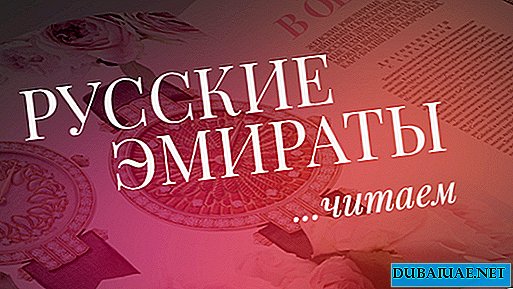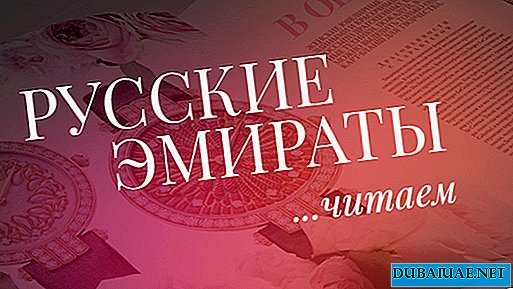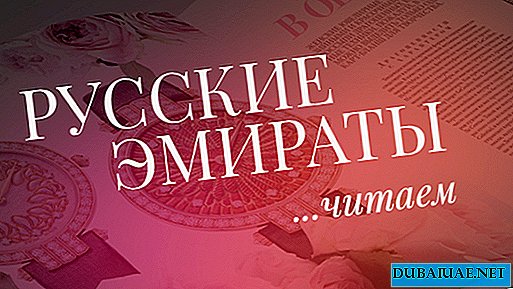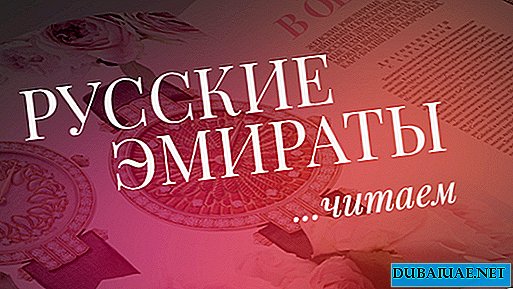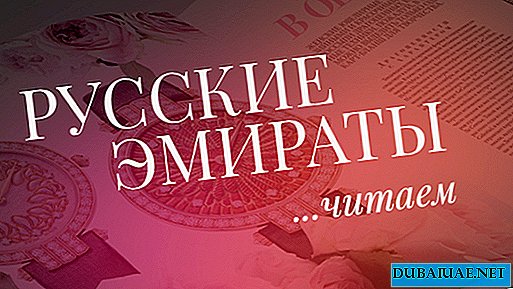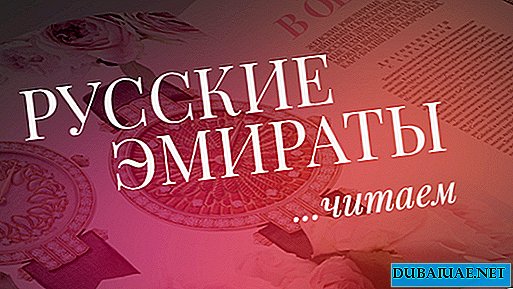CHRISTIE'S AUCTION HOUSES RUSSIAN WEEK IS A GREAT SUMMER EVENT, TWICE PER YEAR ASSEMBLING IN LONDON OF COLLECTORS FROM THE WORLD, AND BEFORE EVERYTHING - RUSSIAN PAGAN. THIS YEAR, TRADING EXCEEDED ALL EXPECTATIONS: REVENUE HAS MADE US $ 40.8 MILLION - ALMOST TWO TIMES MORE THAN ON SUMMER RUSSIAN TRADES OF 2013.
The hit of summer sales was Vasily Vereshchagin's painting "Pearl Mosque in Agra": the canvas of the battle-painter of the second half of the 19th century was sold for US $ 6.1 million. Sales of paintings by Alexander Golovin, Fedor Yasnovsky and Vladimir Borovikovsky were also record-breaking. So, a group of five paintings by Borovikovsky from the collection of Prince Ivan Obolensky left for US $ 13.44 million.
The top ten lots also included "Landscape with a bridge. Kislovodsk" by Aristarkh Lentulov (sold for US $ 2.89 million), "Sky Battle" of Nicholas Roerich (US $ 2.55 million) and a couple of vases from the Imperial Porcelain Factory from the time of Nicholas I (US $ 1.12 million). Sarah Mansfield, director of Christie's Russian Art Department in London, in an exclusive interview with Russian Emirates, spoke about the phenomenon of Russian art, the preferences of its true connoisseurs and why Russian sanctions are not affected by any sanctions.
Sarah, we hasten to congratulate you. US $ 40.8 million for one auction - just an unheard of success!
Sara: This figure needs to be considered in context to assess its magnitude: 14 years ago we helped out an average of one million pounds (US $ 1.7 million) at the “Russian auction”. In 2004, when I started working at Christie's, we earned about US $ 20 million for the whole year. In the same 2004, we crossed the one million pound bar thanks to the sale of Ivan Aivazovsky’s painting “St. Isaac’s Cathedral on a Frosty Day” (1.125 million pounds) sterling, or US $ 1.9 million), and since then prices have risen sharply.
The total revenue is impressive, but it is important not to miss the details that made up success: in June, 94% of lots were sold, and the sales rating became the highest among all auction houses. Customers from all over the world "fought" for unique works of art. We have never seen such high rates! Six paintings were sold for more than one million pounds, and the price of two magnificent vases of the Imperial Porcelain Factory reached US $ 1.12 million, more than double their estimated cost.
The “fight” for the portraits of Vladimir Borovikovsky, the landscapes of Nicholas Roerich, silver and Russian porcelain - all this speaks of the growing strength of this diverse market. New and famous collectors fought for works that had never before been put up for auction - for example, a collection of paintings by Prince Ivan Obolensky and a collection of porcelain from the European collection.
Who buys at the "Russian" auction?
Sara: We have many categories of lots: painting - from the XVIII century to the present day, Faberge masterpieces, silver, enamels, porcelain and military items - for various buyers from around the world. Our prices are just as varied: from a silver spoon of the 17th century and an Easter egg from papier-mâché for US $ 8 thousand to cult masterpieces of the Russian avant-garde, which are estimated at more than a million pounds each. Most of our customers are Russian-speaking, but for many years collectors from the USA, the Middle East, Continental Europe and the UK have been working with us, which together allow us to achieve phenomenal results.
How has the Russian art market developed in the last 40 years?
Sara: Christie's first held the “Russian seasons” in Geneva in 1972, today we arrange them three times a year: in April in New York and in June and November in London. We are the first auction house to conduct individual auctions in Russian art, and the first to open a permanent representative office in Moscow.
I would single out two major achievements over the past 20 years - the emergence of a market for Russian paintings other than the Russian art market, as well as a sharp increase in the number of Russian-speaking buyers in the 2000s. In general, the market has matured, prices have risen, new buyers have come - all this speaks of the investment potential of the market. Since 2004, we have broken 9 world records, including setting the highest prices for the work of more than 50 Russian artists, including Leon Bakst, Viktor Vasnetsov, Isaac Levitan, Philipp Malyavin, Kuzma Petrov-Vodkin and others. Natalia Goncharova, for example, today is the second most expensive female artist in the world: in February 2010, we sold her cube-futuristic Espanyola for US $ 10.9 million.
What is the role of Christie's in the development of the Russian art market Sarah: Christie's Russian department is specialists from London, New York and Paris with a total experience of over 130 years. Our painstaking work with collectors, advisers and historians allows us to gain unique knowledge and give our suppliers the best advice. Since 2008, Christie's Russian-speaking customers have spent over one billion pounds at tenders around the world. Since 2010, we have been leading in prices among auction houses, which, of course, is associated with increased confidence in us, the quality of our sales and research.
We work with the heirs of artists to offer customers works that have never been put up for auction. So, recently we sold 100% of the works from the family collections of Sergei Chekhonin and Maria Yakunchikova, as well as the Nobel laureate Peter Kapitsa - that is, our collectors highly appreciated our offer.
Are Russian buyers still operating on the principle of “trophy at all costs”?
Sara: Russian collectors have always been perfectly aware of their national art, but in recent years they have become even better versed in the value of works as cultural artifacts and artistic creation. In recent years, they have been more active in bidding, competing with American, European and Asian buyers in all categories. Surprisingly, over the past five years, the art market has become truly international. Buyers from all over the world are fighting for the masterpieces that have become the property of world culture - take, for example, Monet, Warhol or Goncharova. Russian artists also joined the race - they finally gain recognition in the international arena.
What primarily interests Russian collectors?
Sara: A typical portrait of a Russian collector does not exist. Today we work with experienced collectors who collect old canvases, masterpieces of the Impressionists and the “blue chips” of post-war artists. Traditionally, Russian buyers are attracted by watches and jewelry, and more recently, silver, posters and Japanese art.
Why are works of contemporary Russian art rarely put up for auction?
Sara: We are following with interest the development of the market for contemporary art, but we focus on the work of artists who have already set records at auctions. To date, only a few artists have fallen into this category, but we expect the segment to expand in the next five years.
We talked about art. What about your passion for Russian art? How it all began?
Sara: When I was a teenager, my cousin, who traveled a lot, often sent me Russian books and nesting dolls. At 13, I began to study Russian to learn more about the language and culture of Russia. It was a hobby that grew into a real passion.
Russian literature and art, in my opinion, are inextricably linked. When I read the works of Gogol and Bulgakov, I saw the works of Pavel Filonov and Kuzma Petrov-Vodkin, they really absorbed me. I continued to study Russian at Oxford, and after graduation I was lucky to get a job at Christie's.
What has become your main discovery during your time at Christie's?
Sara: In 2007, I received a handwritten letter from an elderly woman: she inherited two paintings from her grandfather and suggested that they were Russian. When I came to her in a typical English village, I was amazed: before me appeared portraits of Abram Arkhipov. Two unique works of art have been hanging in her house for more than 40 years. And I was lucky to rediscover them to the world! It's fantastic! No less magical was the moment when we sold them at an auction for US $ 1.5 million. To see how my knowledge can change the lives of other people is the most pleasant thing in my work


